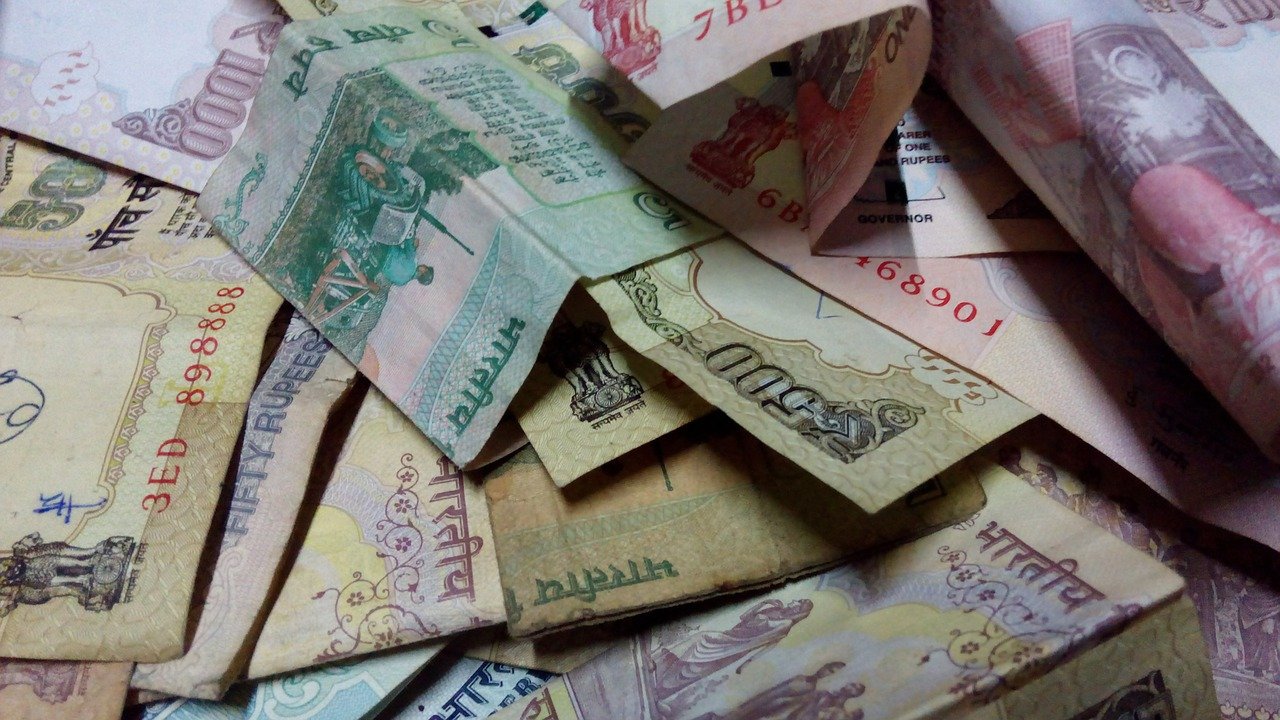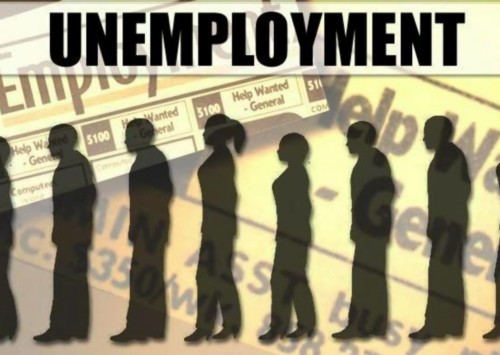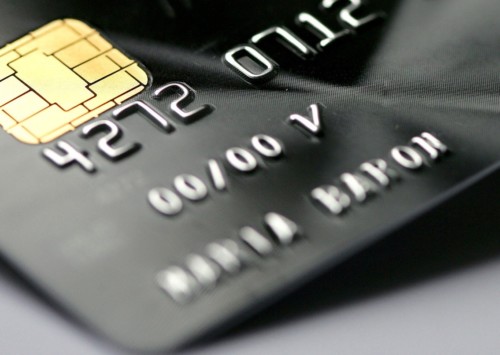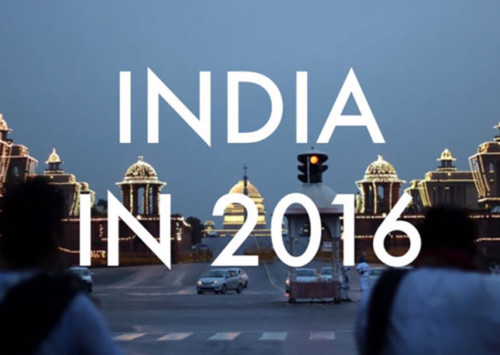5 years since demonetisation, cash rules India more than ever

On November 8, India will mark five years since the disastrous move by Narendra Modi to demonetise overnight (Photo/Pixabay)
At around 8 pm in the evening of November 8, 2016, when Prime Minister Narendra Modi announced immediate abolishing of high-value currency notes, referred to as demonetisation in India, he outlined several goals that he had set for himself and his government as part of this dramatic move. The objectives included countering terror, checking counterfeit currency and the most important goal was of course tackling corruption and making India a cashless economy.
Since then, on every occasion, Modi and his ministers have again highlighted this goal and claimed that India had already made large strides towards becoming a cashless economy, citing the boom in digital payments which India has been seeing over the past five years. The latest such claim was made on August 2 this year when Modi launched e-RUPI, a cashless and cardless form of direct benefit transfer. On the occasion, he again claimed that India was rapidly becoming a cashless economy and claimed success for his move to demonetise in 2016.
However, neither Modi nor any of his minstrels have admitted that even in face of a rapidly growing digital payment ecosystem, cash has come to dominate the Indian economy and this domination has risen for every single year since 2016. According to data accumulator Statista, the value of currency in the Indian economy has jumped consistently, having dipped in 2016 when the disastrously mismanaged demonetisation had left all banks and their ATMs totally dry for several months.
Statista says the value of currency in circulation has risen from INR 13.5 trillion in fiscal year 2017, to INR 23.7 trillion in fiscal 2020 that ended in March, 2020. The growth of currency in circulation seems to have picked up even more pace since then as the Reserve Bank of India says that on October 8, 2021, this figure had jumped to INR 28.3 trillion, a growth of 58 pc over the cash that was present in the Indian economy in November 2016.
In its report, the central bank admits that cash in the system has been rising despite the push towards cashless or as the RBI puts it, “less cash society”. This growth also flies in the face of the efficiency of many measures taken by the government to restrict the use of cash, especially in transactions exceeding INR 50,000.
It is not just the amount of cash floating around in the economy that has jumped, which could also be portrayed as a result of the growth of the economy. However, the RBI data nails this argument, saying that the ratio of currency in circulation as a share of the Indian Gross Domestic Product (GDP) has also been steadily rising, having risen to 15 pc in March 2021, highest in well over two decades. It stood at 11.57 pc in FY 2005 and since then climbed almost every year.
In FY 2017, due to the demonetisation, it had crashed to 8.69 pc, but that was only because the government took over six months to replace the cash in the banks and ATMs as in the following year it jumped to 10.7 pc and then in FY2019 to 11.23 pc. The RBI says that there is little connection between the growth in digital payments and the cash in circulation, adding that the latter is expected to keep growing.
This could also be perhaps as despite the hyped-up Jan Dhan scheme of the Modi government ostensibly to provide bank accounts to all, over 150 million Indians still don’t have bank accounts. Moreover, cash continues to overwhelmingly dominate the e-commerce transactions, yet another business which the government likes to flag as a sign of cashless economy. According to RBI, 90 pc of e-commerce transactions use cash as a mode of payment in Tier IV cities and even in Tier I, the figure is as high as 50 pc, underlining the fact that Indians are in no mood to give up cash for any other mode of payments.
Credit cards fall prey to digital boom
There is no denying that India has been seeing a major boom in digital payments since 2016. According to Razorpay, a payments gateway, digital payments in terms of transactions have grown by 76 pc in the past 12 months and have seen several first-time users. Razorpay estimates that by next year, the Indian digital payments industry could climb to USD 700 billion (INR 521 trillion).
Data by another fintech firm, PhonePe, says that the total payments by value grew 23.3 pc in Q3 2021 (July-September), and were at INR 9.2 trillion.
With cash still ruling the market, it is clear that the digital payments have come to essentially replace credit and debit card payments as indicated by various data. According to a report by credit rating firm, SP Global, while the digital payments have raced ahead in the past five years in value and volume terms, the card payments have remained more or less stuck at their levels and hence as a share of GDP, their size has significantly declined.
In January 2018, for instance, there were 400 million transactions by cards in India, with a total value of about INR 900 billion. At this time, mobile or digital payments, were about the same in number and less than INR 250 billion in value. Within two years, the digital payments have left the card payments far as the number of card transactions in March 2020 stood at around 450 million, with a value of INR 1100 billion. In the same month, the digital payments had jumped to over 1.6 billion in number of transactions with a total value of INR 2200 billion.
In barely two years, the digital payments had outgrown the card payments by at least four times in volume and about 10 times in value.
While the boom of digital payments ought to be welcomed for the ease of payments and lower costs per transaction for the merchant and the buyer, it is clear that digital payments are far from challenging cash in the Indian economy as the preferred mode of payment, indicating that the entire demonetisation exercise was a wasteful and avoidable burden by an ill-informed Prime Minister and whose decision caused extreme misery to hundreds of millions of Indians.
Indeed, not just from the perspective of cash in circulation, demonetisation has singularly failed to achieve any of its goal – counterfeit currency, reducing corruption or tackling terrorism. It may be time for students of economics in India and overseas to take this as a case study of how not to run a country or an economy.












